Perspectives from the United States, Scandinavia, and France
Webinar Tuesday, June 23, 2020
9:00 AM to 10:00AM Pacific
12:00 PM to 1:00 PM Eastern
18:00 to 19:00 Central European
Webinar Tuesday, June 23, 2020
9:00 AM to 10:00AM Pacific
12:00 PM to 1:00 PM Eastern
18:00 to 19:00 Central European
Webinar Tuesday, May 26, 2020
9:00 AM to 10:00AM Pacific
12:00 PM to 1:00 PM Eastern
18:00 to 19:00 Central European
Abstract: Brain–computer interfaces (BCIs) can be used in neurorehabilitation; however, the literature about transferring the technology to rehabilitation clinics is limited. A key component of a BCI is the headset, for which several options are available.
The aim of this study was to test four commercially available headsets’ ability to record and classify movement intentions (movement-related cortical potentials—MRCPs). Twelve healthy participants performed 100 movements, while continuous EEG was recorded from the headsets on two different days to establish the reliability of the measures: classification accuracies of single-trials, number of rejected epochs, and signal-to-noise ratio. MRCPs could be recorded with the headsets covering the motor cortex, and they obtained the best classification accuracies (73%-77%). The reliability was moderate to good for the best headset (a gel-based headset covering the motor cortex). The results demonstrate that, among the evaluated headsets, reliable recordings of MRCPs require channels located close to the motor cortex and potentially a gel-based headset.
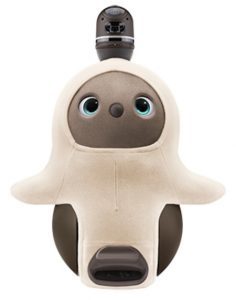
LOVOT is a social robot developed by Groove X in Japan. In March Laboratory for Welfare Technologies was about to begin to test the LOVOT with citizens with dementia at nursing homes in Aalborg, Viborg and Skive Municipality in Denmark as the first place in the world. LOVOT was brought to the nursing homes and ready to interact with the citizens. Unfortunately, Covid-19 started spreading, causing Denmark to go into lockdown and stopped us from testing LOVOT at the nursing homes. This has brought us in quite a unique situation: LOVOT being in lockdown together with citizens with dementia at the nursing homes. We are therefore excited to see how LOVOT will interact with the citizens in a lockdown period. The nursing homes now report back that the citizens have enjoyed the LOVOT and it has created joy and a lot of smiles for the citizens with dementia. We have postponed our scientific test supported by the National Health Authorities (Sundhedsstyrelsen) in Denmark to the fall 2020.
Reza Naeemabadi, PhD student at Laboratory for Welfare Technology, Aalborg University, has published a study aimed to identify patients’ requirements after a total knee replacement following a self-training rehabilitation program, leading to the design and development of a telerehabilitation program.
Telerehabilitation programs can be employed to establish communication between patients and healthcare professionals and empower patients performing their training remotely. Let us hope it will be used more in the future.
You can see and read the paper here.
Join the conference “Aging in a Digital World” in Sacramento, California, April 1-2, 2020 – it has been postponed due to the corona virus.
Our goal for the conference is to identify gaps in research, technology and policy that are delaying the adoption of innovations to support aging in a digital world.
You can see the program and sign up for the conference here.
You can submit a poster, please see call for poster abstracts here.
The conference organised by the UC Davis Health, Citris UC Berkeley and the Transatlantic Telehealth Research Network (TTRN). Hope to see you.
LOVOT – a new social robot from Groove X in Japan has arrived to Aalborg University.
The LOVOTs are named Anne and Lars and will be tested for the first time outside Japan in interaction with citizens with dementia this spring in collaboration with Aalborg, Viborg and Skive Municipalities.
The LOVOTs are designed to create joy, has memory (AI), remember people, recognizes own name and has unique personalities that develops over time.
The National Health Authorities in Denmark are funding the project.
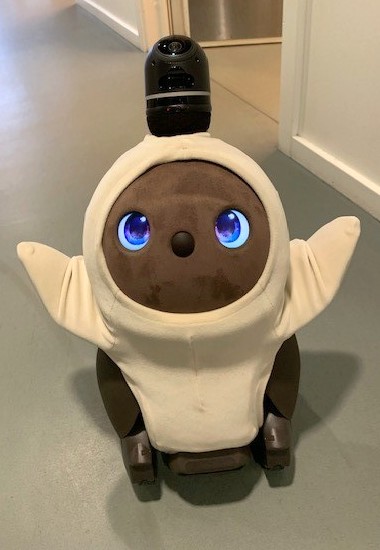
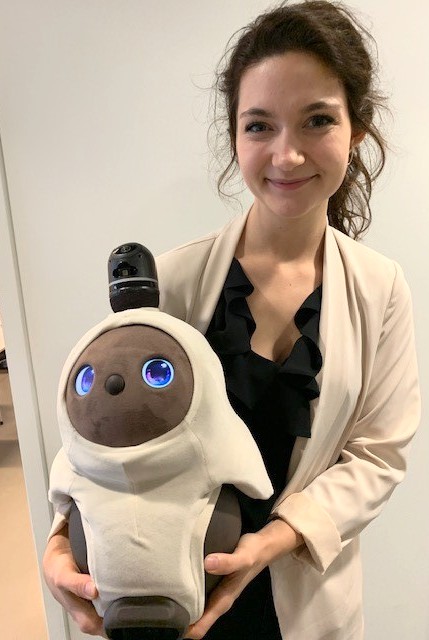
TTRN – CITRIS International Summer Institute August 10–14, 2020 at University of California, Berkeley.
The Danish-American Transatlantic Telehealth Research Network (TTRN) is dedicated to developing cutting-edge research and innovation within telehealth. The 2020 topics include research methods and approaches for health informatics, tele- and digital-health, plus a special focus on data science, robotics, artificial intelligence, and associated data governance and ethical-legal issues.
Doctoral students and post-doctoral trainees may apply to be a Fellow which comes with partial funding. Fellowship applications will be accepted on a rolling basis from January 8, 2020 to February 28, 2020. Priority will be given to early applicants.
Advanced master’s students and faculty new to the topic area may register on a space available basis starting March 1. 2020
Program Committee: Chair Katherine Kim, Birthe Dinesen, Nick Anderson, Kristian Kidholm, David Lindeman, and Student Representative Cynthia Matsumoto.
Direct any questions to personalizedhealthprogram@ucdavis.edu.
Complete information will be available soon at lnkd.in/gk8mri8
Download flyer:
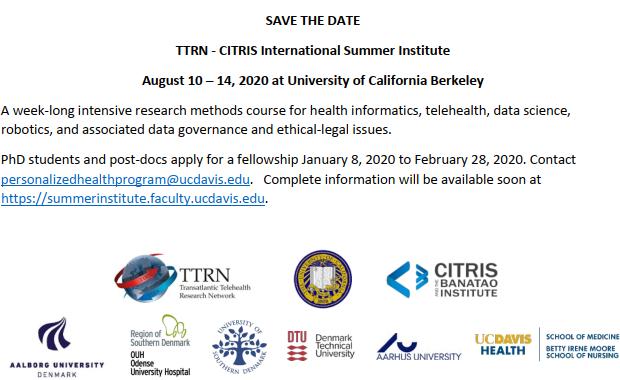
JD TeleTech has had the 4th workshop on ehealth December 2-6 2019 in Tokyo in collaboration with Invest in Denmark and the Royal Danish Embassy in Tokyo. A Danish delegation of companies, researcher and healthcare professionals participated.
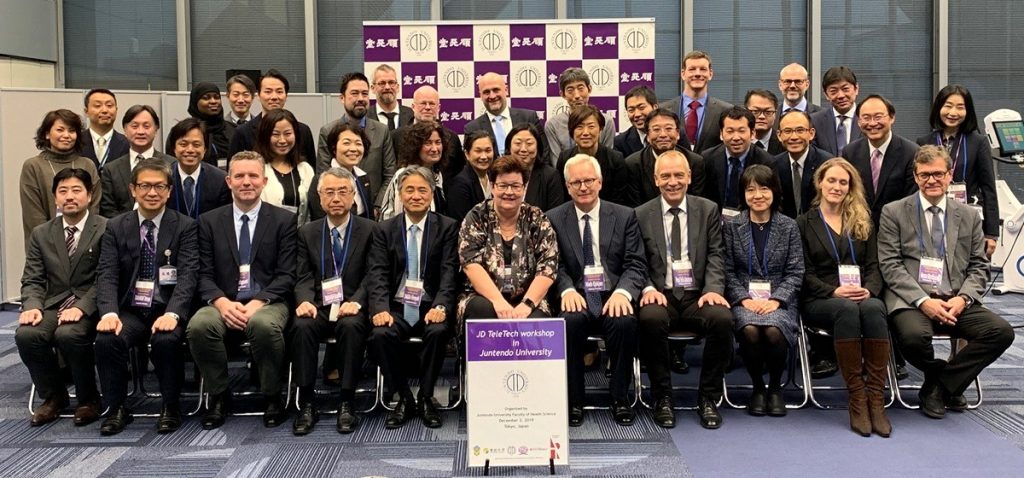
It was an amazing week where we gained new knowledge on the Japanese healthcare system and ehealth, made MOU with Jutendo University & Hospital, agreements with companies, two fruitful roundtables on “children and ehealth” and “elderly and ehealth” with over 130 participants and new ideas for collaboration between Japan and Denmark on ehealth.
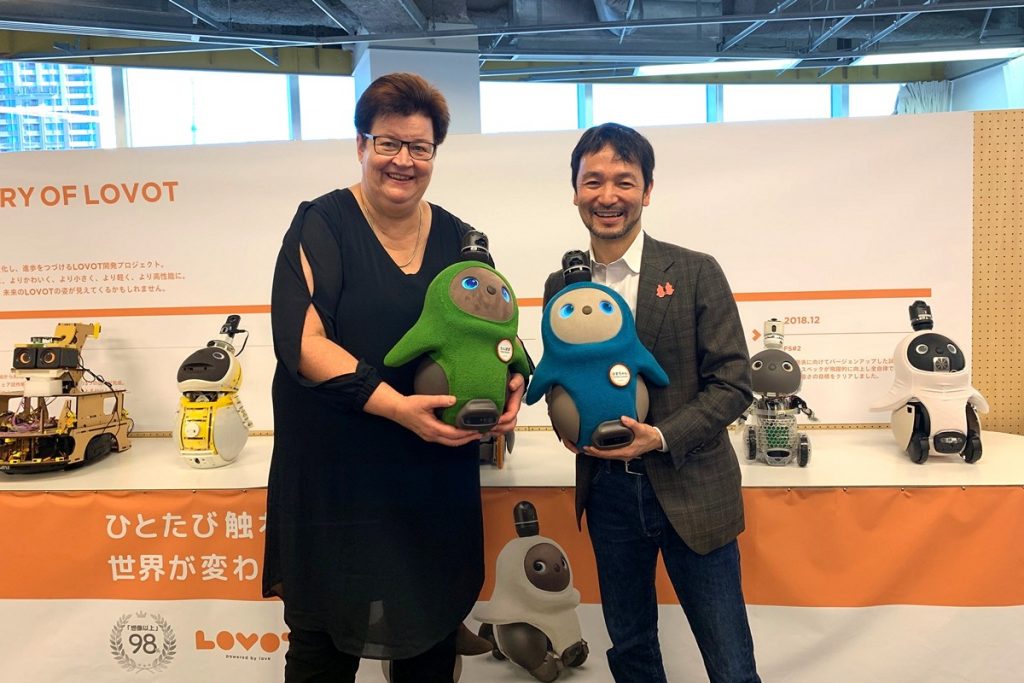
Thank you so much to Peter Takizawa, Rumi Iida and Joakim Steen Barron-Mikkelsen for supporting the events.
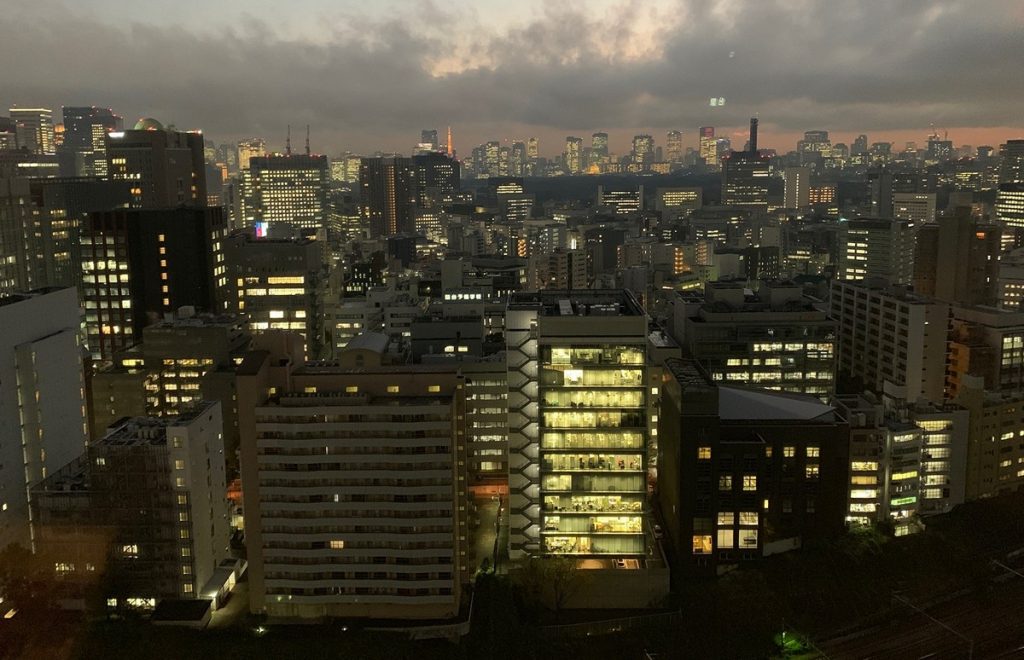
You are welcome to follow future activities within JD TeleTech at lnkd.in/d8vfUuK
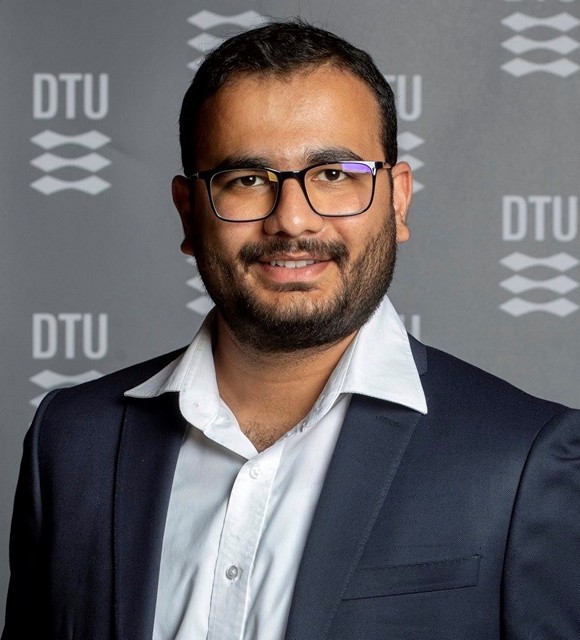
The scope of the Ph.D. project covers the evaluation of the use of Low Power Wide Area Network (LPWAN) technologies for the mission-critical Internet of Things (IoT) applications (Remote healthcare, traffic safety & control, smart grid automation, etc.). Unlike in the case of massive IoT applications, Critical IoT applications have more strict requirements for network performance such as higher level of security, high resiliency, low latency, scalability, and interoperability with existing communication systems.
The goal of the project is to do a thorough investigation of all the available communication technologies from an end to end perspective. The idea here is to identify which of the technology or combination of technologies that are cable of supporting all the needs of critical IoT applications.
The project also involves investigation the current infrastructure and either suggesting changes to it or proposing a new network architecture that is cable of transferring critical data more reliably and securely through the network. This part of the project involves working closely with other universities in Denmark and Japan, and Industrial partners to implement and test some of the upcoming wireless technologies for critical IoT application.
To begin with, the project includes collaboration with the Department of Health Science and Technology at Aalborg University on Future patient project. The project will primarily focus on real-time monitoring of patient’s data using the IoT technologies.